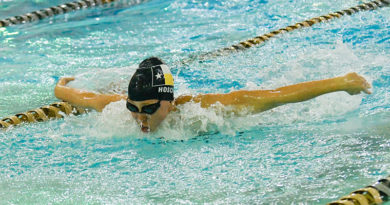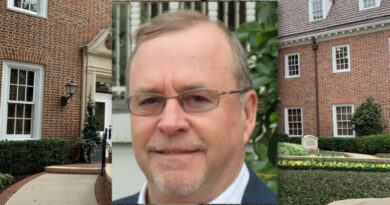Will Dallas Pool Proposal Sink or Swim?
On Oct. 8, the Dallas Park and Recreation Board adopted its 2015 Aquatics Master Plan, inciting the question: where does Preston Hollow fit in?
The plan — originally presented and adopted in 2012 — has been updated to meet new site selection criteria, as well as reflect new trends and Dallas’ changing demographics.
The new aquatics plan will implement the idea of bigger, better, and fewer facilities. The first change will be to divide Dallas into three regions. Each region would include one regional aquatic center, one community pool, and one neighborhood pool.
Each facility will meet the following site selection criteria:
• Regional aquatic center will sit on 4 acres for a pool and bathhouse and parking for 100 or more cars with easy public access from public transit.
• Community pools will sit on 3 acres for a pool and bathhouse with parking for 50 or more cars.
• Neighborhood pools will sit on 2 acres for a pool and bathhouse and would need to meet ADA parking requirements.
The master plan will not shut down any public pools already open.
“We won’t expect to close down any pools until we get farther down the path looking basically at impact of what the new facilities would do to our old facilities,” said Lawrence S. Jones, District 13 park board representative.
The proposed designs include a facility with a layout similar to the city-owned Bahama Beach in south Dallas. The renderings show a potential facility with a lap-lane pool, used for swim lessons and competitions, as well as a recreational pool including a lazy river, slides, and more. According to the board, the renderings are prototypes of what the facilities could look like. The board intends to have community input meetings before finalizing any designs.
With the total project estimated to cost $52.8 million, the plan will be split into two phases.
Phase 1 includes development of three regional aquatic center, one community pool, and one neighborhood pool.
The initial phase of the plan is set to cost $36 million, with $31.8 million funded through a March land sale involving park land near Lake Ray Hubbard, and the remainder to be paid through other funds.
“As the public sees what these new facilities are going to look like … we hope we’ve generated a tremendous amount of interest in using them, [and] we will have public support for a future bond program several down the years down the road,” Jones said.






